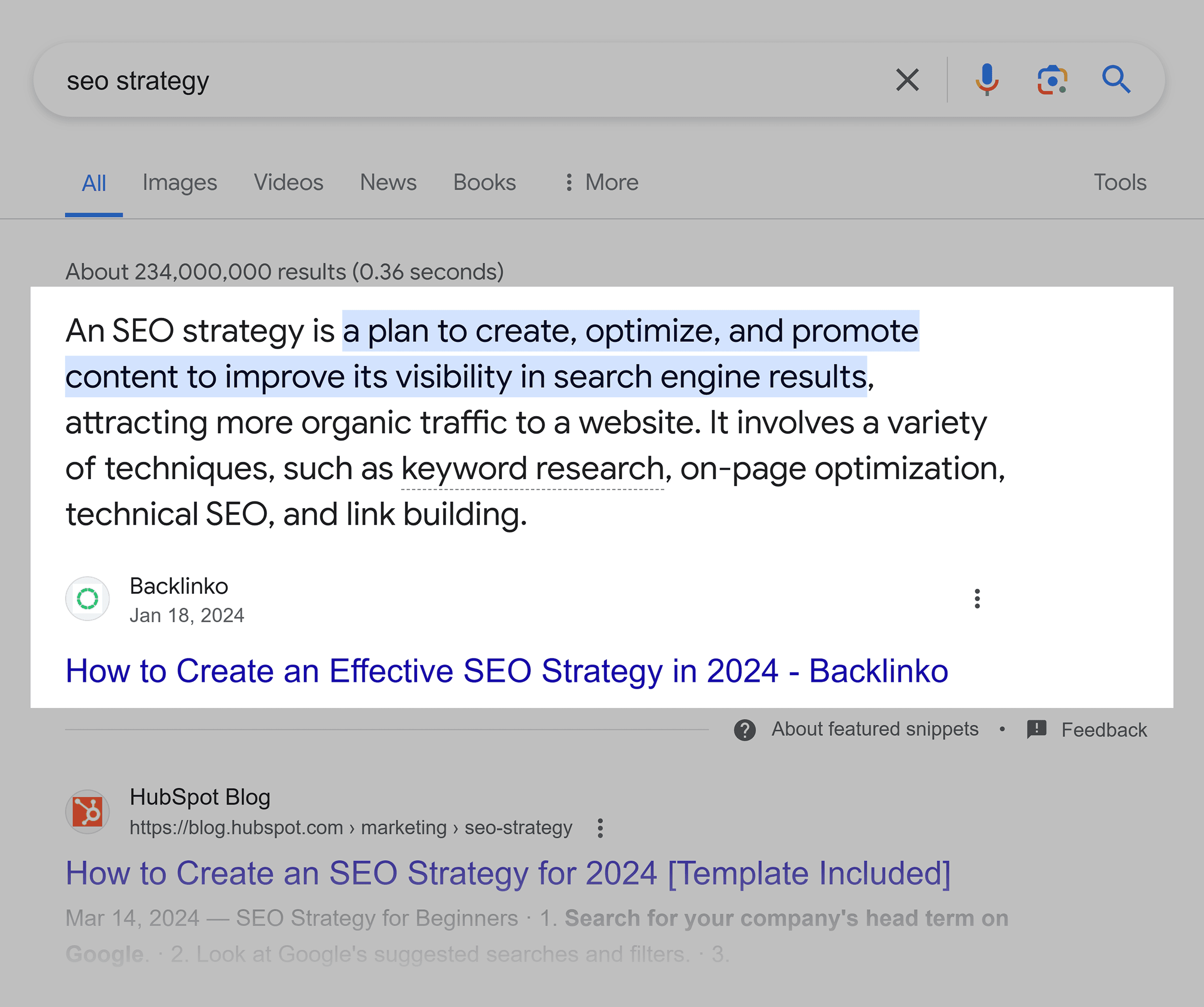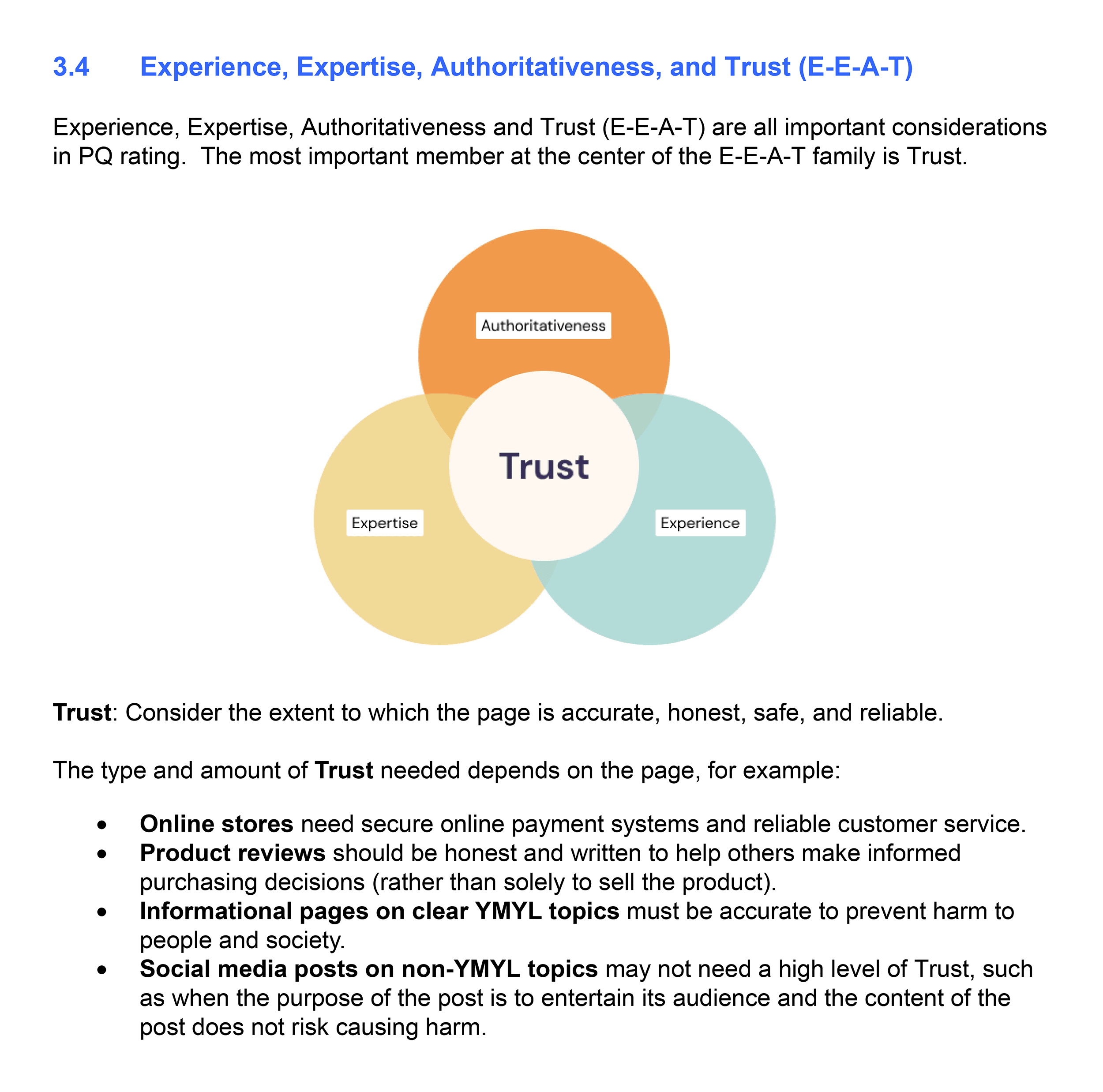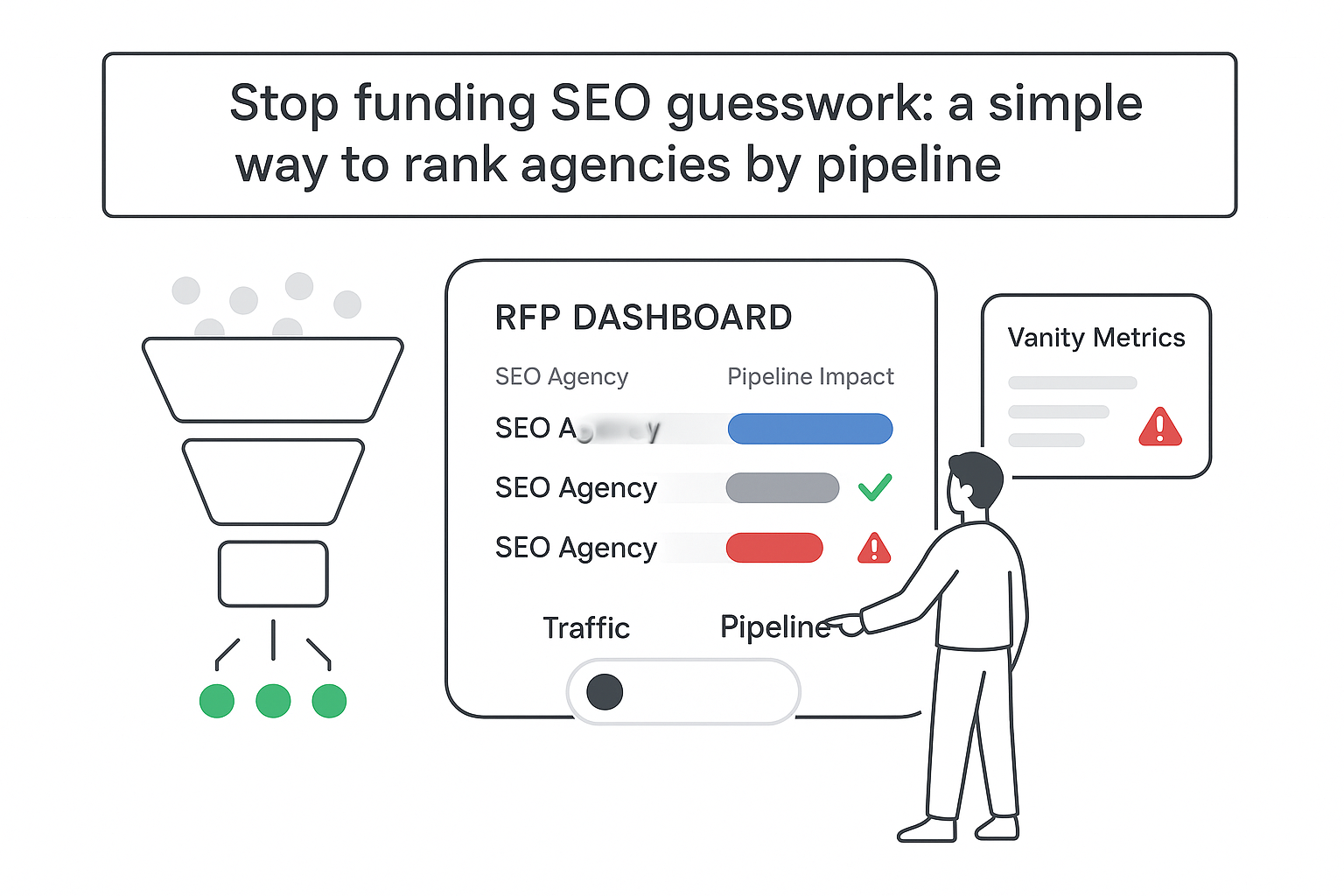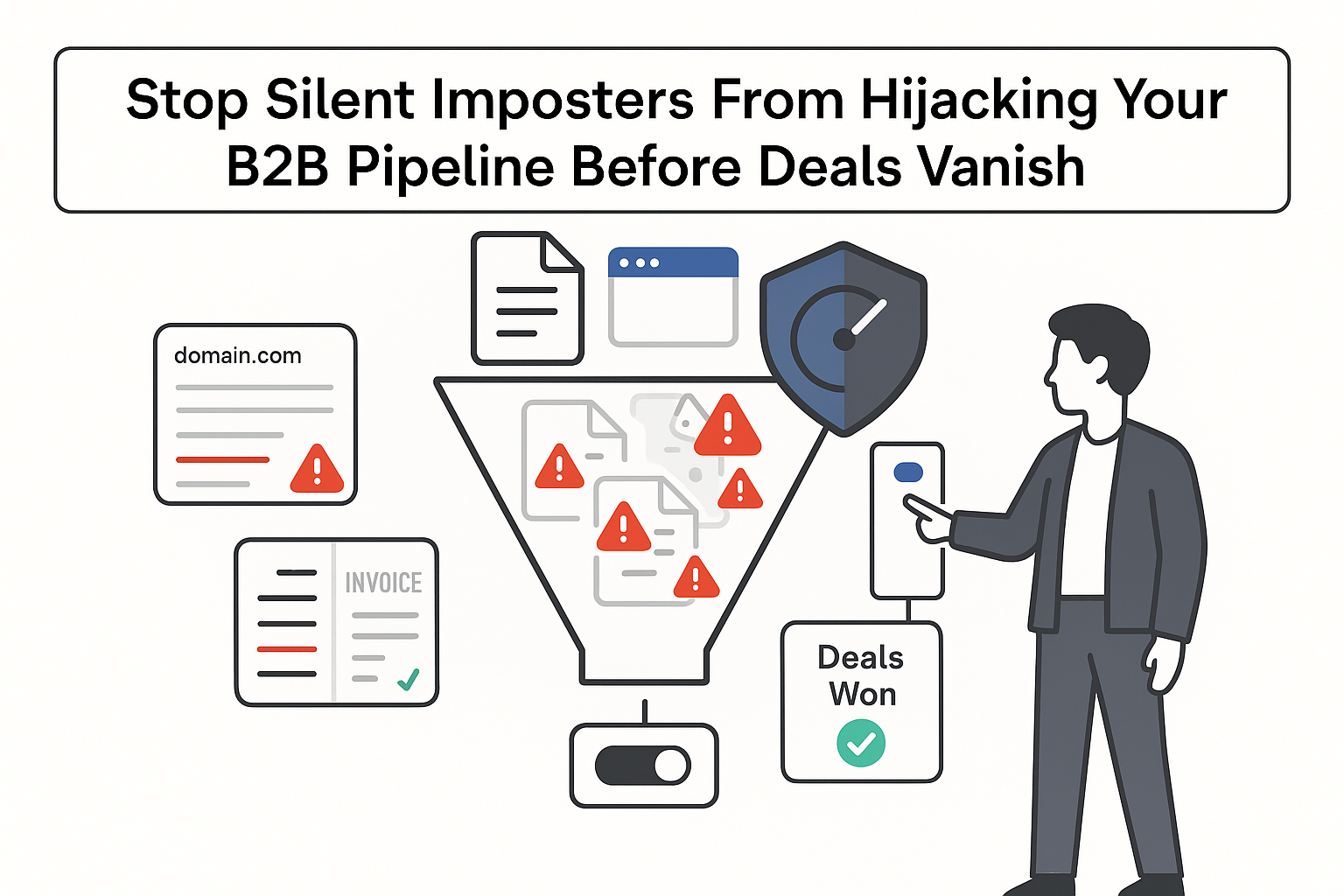How I Finally Stopped Writing for Robots - and Started Landing Qualified Leads
I spent two years churning out SEO articles that ticked every on-page box yet never booked a single sales call. My wake-up came in late 2022, days after Google released the Helpful Content update. Ten of my highest-traffic posts vanished from page one overnight. Since then I've rebuilt the entire program around one idea: earn a reader's trust before they even scroll. Google's automated ranking systems weigh many different factors, so a surface-level checklist was never going to cut it. Now, the numbers are steadier than ever and every new post is written for people first, algorithms second.

A Quick Snapshot of Google's People-First Guidance (45-Second Version)
- Speak from lived experience. "We migrated 14 Kubernetes clusters last quarter" lands; "Kubernetes is a popular orchestration platform" does not.
- Answer the core question immediately. If someone searches "SOC 2 audit timeline", give them a timeline in the first paragraph.
- Offer what competitors cannot: a proprietary chart, a cost breakdown, a lab photo - anything uniquely yours.
- Let structure feel natural. If a sub-heading needs four words, use four. Forget forcing the keyword into every H2.
Why the nuance matters: an enterprise buyer skimming at 9 p.m. after a board meeting is allergic to fluff. Prove you've solved their headache before and the sales conversation accelerates - often by weeks. For the full rulebook, see Google's Search Essentials.
My Five-Question Gut Check Before Hitting Publish
- Did we cite at least one data point that originated inside our own walls?
- Could a first-time visitor implement the advice without opening another tab?
- Is the byline tied to a LinkedIn profile a real human would be proud of?
- Have we linked to verifiable sources for every claim that is not common knowledge?
- Would I forward the draft to a mentor I respect - right now, no excuses?
If any "no" sneaks in, the piece goes back for revision. One editor holds veto power; we review everything for 30 minutes on the first Monday of the month - no endless comment threads.
What Changed After the Helpful Content Update
- Site-wide drag is real. One fluff listicle can pull down a well-researched white paper sitting in the same folder.
- Speed signals trust. Shave 400 ms off First Contentful Paint and bounce rate drops enough for Google to notice.
- Clear UX cues (legible fonts, breadcrumb trails, logical anchor text) boost dwell time, which correlates with rank stability.
Short version: the meaty, numbers-heavy articles kept their footing. Anything I wrote merely to "fill the calendar" disappeared. If a page loses traffic, Debug traffic drops with Google's step-by-step checklist before rewriting from scratch.
E-E-A-T, Translated for Service Firms
Google instructs its Search quality raters to use the search quality rater guidelines when judging content. Here's the plain-English version I use internally:
- Experience - Show the mess. A cybersecurity shop publishing sanitized breach logs proves it has wrestled with live fire.
- Expertise - Credentials still count. My tax article signed by a "former Big 4 auditor" converts three times better than one from a generalist copywriter.
- Authoritativeness - Get cited elsewhere. A single Gartner quote or university backlink does more than ten guest posts on low-tier blogs.
- Trustworthiness - Practice tight data hygiene: exact numbers, HTTPS everywhere, a privacy policy in the footer and zero surprise pop-ups.
Make it machine-readable: drop a slim JSON-LD snippet listing the author, employer and social handle. Thirty seconds of work, measurable lift in rich-result eligibility. For a refresher on the mechanics behind all of this, skim How Google Search Works.

Common Sandtraps I Try to Avoid
- Letting an unedited AI draft go live - Google's spam team leaves receipts.
- Jamming the primary keyword in every heading; it reads off-kilter to humans and, apparently, to algorithms too.
- Republishing with a fresh date but zero new insight. Readers feel duped and trust, once lost, is brutal to regain.
Better habits that replaced them: reference primary datasets whenever possible, keep word count organic and edit until the piece sounds like something you'd say over coffee. Google's own SEO Starter Guide is still a handy backstop when questions arise.
Show Your Cards Early: Who, How, Why
- Who wrote this? A visible byline that clicks through to real credentials.
- How was it made? One honest line does the trick: "Drafted in Noteplan, lightly outlined with GPT-4, fact-checked by our data team."
- Why should the reader care? State the intent right up top. Mine often reads: "Goal: help SaaS CFOs spot $50k/year in redundant spend."
The transparency takes fifteen seconds to add and can shave three weeks off the trust-building process.

My Rolling 12-Month Content Map
- Q1 - Pain Point Breakdowns - Long-form how-to guides owned by the practitioner who solved the problem.
- Q2 - Proof in Action - Short videos plus transcripts featuring client victories, produced by the client-service lead.
- Q3 - Market Pulse - An original data study led by the analyst, amplified through PR.
- Q4 - Big Bets - A forward-looking podcast episode plus recap article, hosted by the founder.
Rules of the road: map topics to buying-stage questions (not search volume), give one owner the steering wheel and track just three metrics - impressions, clicks, qualified demos.
Rapid-Fire FAQs
- Can AI help? Yes, as a junior researcher. A human still needs to inject nuance and verify every stat.
- When will we see lift? Minor movement inside six weeks, meaningful compounding by month three - assuming you've cleaned up thin legacy pages.
- Do Core Web Vitals apply to thought-leadership pieces? Absolutely. No C-suite exec waits four seconds for a PDF overlay to load.
- Must every article carry a real byline? If you're serious about trust, yes.
- Is keyword density still a ranking lever? Not in 2024. One natural mention beats five awkward stutters.
If you remember nothing else, remember this: write the page your ideal buyer would bookmark, forward and quote in a deck. Everything else - schema, link sculpting and even the occasional Google update - slots in behind that north star.







.svg)